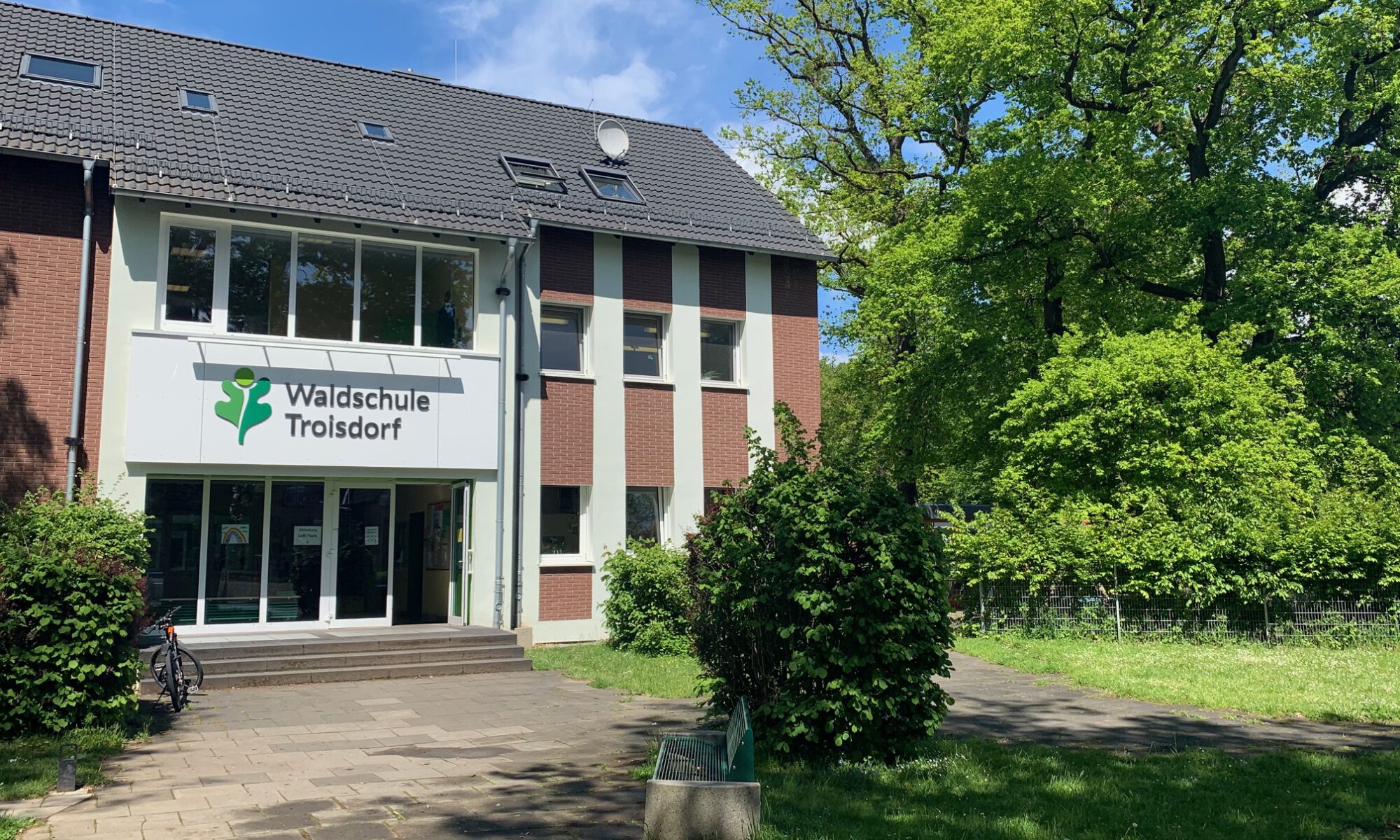1) DOES THE SCHOOL MEET MY BASIC NEEDS?
While it can be tempting to try for a school that’s on the top of everyone’s list, first make sure the school meets your practical needs. For instance, if you have to be at work at 8:30 and school starting time is 9:00 — with no early-morning care — it’s probably a deal breaker. By the same token, if there’s no bussing, but the school is 10 miles away, it may not be a good fit for your family. Finally, if it’s difficult or impossible for you to send your child to school with a lunch, ask if the school provides one and how much it costs (public schools all offer a free lunch for those families who qualify).

2) WHAT’S THE STUDENT-TEACHER RATIO?
When assessing a school, it’s important for parents to consider how much individual attention their child will receive. This means finding out how big the classes are and whether the class has a teaching aid or other parent volunteers. For grades K through third, a student teacher ratio over 22:1 is large. For fourth grade and up, anything above thirty, without a full-time aid, is a lot for a teacher to handle. (Keep in mind that while research has confirmed the benefits of small classes in grades three and lower, there’s no empirical proof that large class sizes in upper grades compromise how well children learn.)

3) HOW ARE BEHAVIOR PROBLEMS HANDLED?
While it can be uncomfortable to ask some of these questions — and may not make you the most popular parent on the tour — it’s important to get these answers to understand the school’s disciplinary climate.
4) WHAT DISTINGUISHES YOUR SCHOOL FROM OTHERS?
Many schools — public and private — have special focuses, such as the arts, a language-immersion program, technology, or science.
5) HOW MUCH HOMEWORK IS THERE?
While most kindergartners don’t get much homework, find out how much homework is given in the upper grades. One rule of thumb is to give kids about 10 minutes a night per grade, as well as nightly reading.






